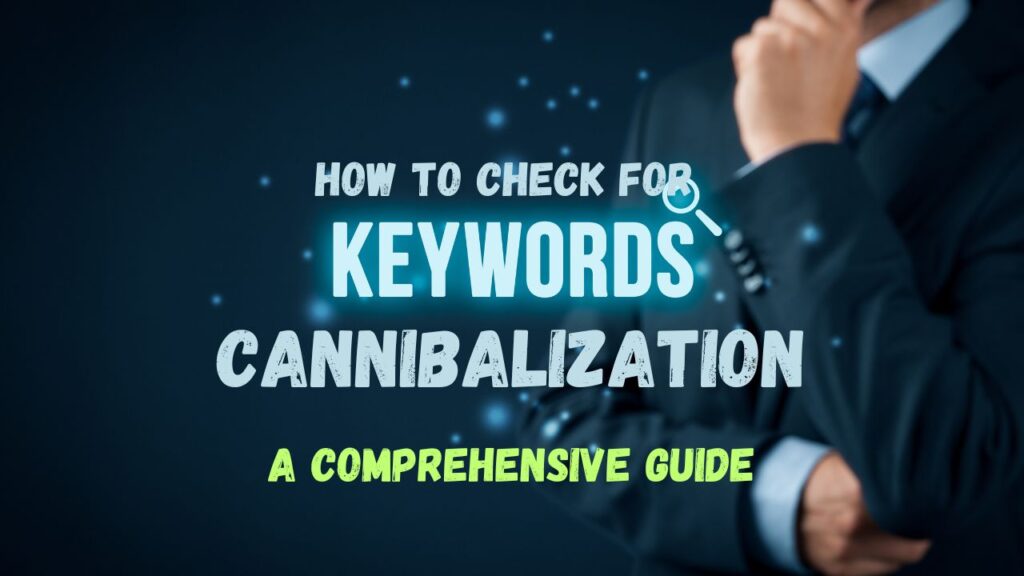
Starting a blog can be an exhilarating journey, but nothing dampens the excitement like finding out that your new blog has been suspended. It’s a scenario that can make even the most seasoned blogger shudder. But don’t panic! Understanding why your blog got suspended is the first step toward resolving the issue and ensuring it doesn’t happen again. In this comprehensive guide, we’ll explore the common reasons for blog suspensions, provide actionable steps to prevent them, and offer advice on how to recover if it does happen to you. You will discover here about “why My New Blog Got Suspended’ with insights into common pitfalls and solutions for avoiding similar issues.
Understanding: Why My New Blog Got Suspended
A blog suspension occurs when a platform or hosting provider takes down your blog due to violations of their terms of service or guidelines. Why My New Blog Got Suspended and These suspensions can be frustrating, especially when you’ve invested time and effort into your blog. To help you navigate this challenge, let’s break down the most common reasons your blog might get suspended and how you can address them effectively.
1. Violation of Platform Guidelines
Every blogging platform, whether it’s WordPress, Blogger, or Medium, has its own set of rules and guidelines. These rules cover everything from the type of content you can post to how you should use their platform’s features. Violating these guidelines is one of the most common reasons for a blog suspension.
How to Avoid This Pitfall
- Read and Understand the Guidelines: Before you start blogging, take the time to read through your platform’s terms of service and content policies. Make sure you are clear about what is and isn’t allowed.
- Stay Updated: Guidelines can change. Regularly check for updates to ensure your blog remains compliant.
- Seek Clarification: If you’re unsure about any rule, don’t hesitate to contact the platform’s support team for clarification.
2. Copyright Infringement
Copyright infringement is a serious issue that can lead to your blog being suspended. This occurs when you use content—such as images, text, or videos—without proper authorization or licensing.
How to Protect Your Blog
- Use Original Content: Whenever possible, create your own content. This avoids potential legal issues and can also make your blog more unique.
- Get Permissions: If you need to use third-party content, ensure you have the proper permissions or licenses to do so.
- Credit Sources: Always give credit to the original creators of content when required.
3. Malware and Security Issues
Your blog might get suspended if it’s found to be hosting or distributing malware or other security threats. This can happen unintentionally, especially if your blog’s software is outdated or if you’ve been targeted by hackers.
Maintaining a Secure Blog
- Keep Software Updated: Regularly update your blogging platform, plugins, and any other software you use. This helps protect against known vulnerabilities.
- Implement Security Measures: Use strong passwords, enable two-factor authentication, and consider using security plugins to enhance your blog’s security.
- Regular Backups: Make sure to regularly back up your blog to recover quickly in case of an issue.
4. Poor Quality Content
Why My New Blog Got Suspended for Blogging platforms often have standards for content quality. If your blog is perceived as providing low-quality, spammy, or irrelevant content, it might be suspended.
Creating High-Quality Content
- Focus on Value: Create content that provides real value to your readers. This means thorough research, engaging writing, and useful information.
- Avoid Spammy Practices: Don’t engage in tactics like keyword stuffing or publishing duplicate content, as these can lead to suspension.
- Use Tools: Consider using content analysis tools to ensure your content meets quality standards.
5. User-Generated Content
If your blog allows user-generated content, such as comments or guest posts, you are responsible for moderating and managing this content. Inappropriate or harmful user contributions can lead to suspension.
Managing User-Generated Content
- Moderate Regularly: Regularly review and moderate user comments and guest posts to ensure they comply with your blog’s guidelines.
- Implement Filtering Tools: Use tools to filter out spam or inappropriate content before it appears on your blog.
- Create Clear Guidelines: Set clear guidelines for user contributions and make them easily accessible to your readers.
Steps to Recover from a Blog Suspension
If your blog has been suspended, it’s important to address the issue promptly to minimize downtime and recover your blog. Here’s a step-by-step guide to help you navigate the recovery process:
1. Review the Suspension Notice
The first step is to carefully review the notice or communication from the platform regarding the suspension. This should provide details about the reason for the suspension and any specific actions you need to take.
2. Address the Issues
Once you understand the reason for the suspension, take the necessary actions to resolve the issues. This might involve:
- Removing or Modifying Content: If the suspension was due to violating guidelines or copyright infringement, remove or modify the offending content.
- Enhancing Security: If malware or security issues were the cause, improve your blog’s security measures.
- Improving Content Quality: If poor-quality content was the issue, enhance your blog’s content to meet quality standards.
3. Submit an Appeal
After addressing the issues, you can typically submit an appeal or request for reinstatement. Be sure to:
- Provide a Clear Explanation: Explain the steps you’ve taken to resolve the issues and prevent future problems.
- Be Professional: Maintain a professional tone in your appeal and provide any requested documentation or evidence.
4. Monitor and Prevent Future Issues
Once your blog is reinstated, it’s crucial to monitor it closely to ensure compliance and prevent future suspensions. Regularly review your platform’s guidelines, keep your content high-quality, and maintain a secure blogging environment.
Conclusion
Having you this issue “why My New Blog Got Suspended’ can be a challenging experience, but understanding the common reasons behind blog suspensions and knowing how to address them can help you navigate this situation effectively. By following the steps outlined in this guide, you can work towards recovering your blog and preventing future issues.
If you’ve found this guide helpful and want to ensure your blog remains in good standing, consider consulting with a blogging expert or legal professional. Their expertise can provide you with personalized guidance to keep your blog running smoothly.
Remember, a blog suspension doesn’t have to be the end of your blogging journey. With the right knowledge and proactive measures, you can overcome this challenge and continue to thrive in the blogging world. Discover “why My New Blog Got Suspended’ with insights into common pitfalls and solutions for avoiding similar issues.
Frequently Asked Questions
Here are some more SEO-related articles recommended for you:
Understanding What Technology Provides Secure Access To Websites
Google Organic Search Bot: The Key to Unlocking Better Search Visibility



